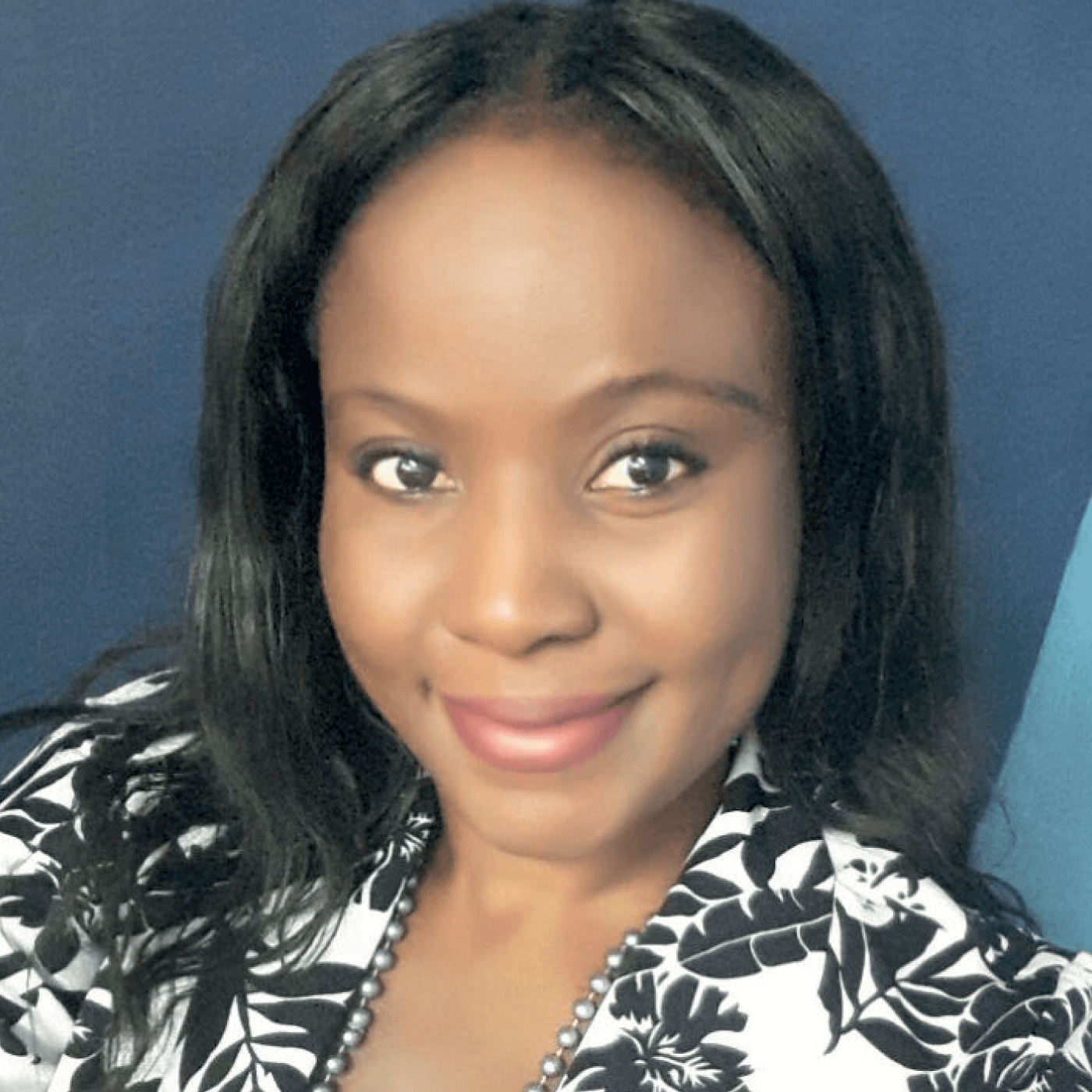
To watch the interview with Lucia Nadaf click here or scroll down
In Zambia, we have a blindness prevalence of two percent. One person’s preventable blindness is a big problem – so the Zambian figure is a massive problem and a clear unmet need. The biggest reason for this is a lack of trained eye care staff in the country, which often results in waits of months or years before treatment becomes available. Although the government can sponsor a patient’s travel to another country for treatment, this is expensive – and money is not always available. Other barriers include myths and misconceptions regarding eye health, with education and poverty the major limiting factors in people’s looking after their own eye health and seeking medical treatment when necessary.
I work at ORBIS International as country director for Zambia. The role consists of managing our work portfolio in comprehensive and pediatric eye health, with a focus on adult cataracts and glaucoma prevention. ORBIS is an international non-profit organization that aims to treat and prevent avoidable blindness and has been working in Zambia for just over a decade now – with our work located in three of the country’s 10 provinces. This started in the northern area on the copper belt, working out of a tertiary facility that has grown from a single unit to an entire eye hospital. Initially providing pediatric eye health services, it then became a training facility for upcoming ophthalmologists, as well as strengthening the faculty through quality ophthalmic training and providing free treatment for children. Now, its focus has grown to include strengthening existing centers – with equipment, supplies, and training referrals for staff, – and setting up new ones. These improvements have enabled centers to work at full capacity, rather than opening only one or a few days a week. General physicians and nurses at primary health care centers have also been trained in basic eye health, so that eye conditions can be recognized in their early stages and either treated there or referred to a center that can assess further or treat the patient. District health facilities and community volunteers have also been trained to identify cases so that they can refer children to eye care centers if they see an issue. Community outreach is very important to ORBIS. We do this in several ways, but we try never to lecture, because we don’t want to be “in charge”; we want to form partnerships and work with the community for the betterment of eye health. Eyesight is crucial to education and people’s ability to provide for their families – so the work we do is important.
My work at ORBIS centers on treating and preventing blindness. Working with the ministries of health in multiple countries, we aim to build their capacity to provide quality eye care – through training, equipment, and medical supplies. Additionally, we work with these communities directly; the figures that appear in reports and the eyes that we treat are people and families, so our work needs this interaction and engagement.
In Zambia’s capital, Lusaka, we work at the University Teaching Eye Hospital, which is now the highest-level tertiary facility in the country. Our investment and intention is to ensure that it remains where it is supposed to be. Through this facility, we train faculty, support the residency program, and provide specialist training in different places, such as India, where ophthalmologists can go to specialize. We also have ongoing virtual training via our award-winning platform, Cybersight, which is currently replacing the training formerly administered through the Flying Eye Hospital. (But this isn’t the end of the Flying Eye Hospital; discussions are ongoing about its planned return – potentially 2022.) In the meantime, though, our priority is to keep the momentum of training going – whether in person or through virtual tools.

Pandemic eye care
Ophthalmology was hit hard by COVID-19 (as we’re all aware), but what about countries who already had a disproportionately high rate of blindness and eye health issues before the pandemic hit? Working through COVID-19 has required lots of adaptation in our processes. Keeping our staff, partners, and communities safe has been important, but it has also meant that we haven’t been able to see patients as usual – especially during the first and second waves, when we were only able to address emergency cases. This has had a major impact on our previous work to increase awareness of eye health in Zambian communities, with many reverting back to old habits – not looking after their eyes and avoiding coming into the clinic if issues arose.
The pandemic has forced us to be more innovative with our work. Because we can’t be in the communities, we’ve had to ride with ongoing government programs along the copper belt and North Western provinces– often using COVID-19 programs as a vehicle to do our eye care work. In parts of northern Zambia, for instance, COVID-19 and eye health screening have been added to the standard child health activity programs. This has extended to training midwives and general nurses in basic eye health so that they can identify cases or risks in a child or mother. Another way we’ve adapted to the situation is by taking advantage of Zambia’s widespread community radio to broadcast our messaging about eye health and COVID-19. We have also produced educational material on handwashing and what to look for in terms of eye health; this has enabled us to educate the community indirectly on eye care and the link between COVID-19 and conjunctivitis.
The work also stretches out to communities with limited access to health services, where people would go needlessly blind without our help. One such community is an older population, mainly farmers who only grow food for their own consumption and therefore don’t earn an income. For them, travel isn’t an option, so we developed a project to allow an ophthalmic professional to meet them and educate the community on eye health through screenings and treatment, including surgery.
We also have staff from partner health facilities working on the frontlines. Two ophthalmic clinical officers working on the copper belt border between Zambia and the Democratic Republic of the Congo (DRC) have been screening truck drivers for both COVID-19 and eye conditions. There is also an eye health center on the copper belt where both COVID-19 and eye health are being screened.
We have worked hard to provide education (to both local communities and healthcare professionals), eye screening, and treatment to the people of Zambia – it is my hope that this eventual translates to the eradication of unnecessary blindness for the country’s population.
